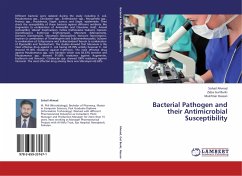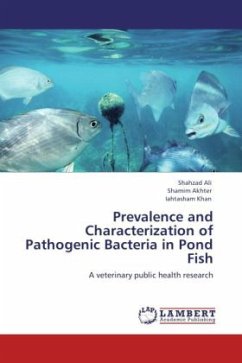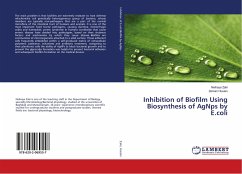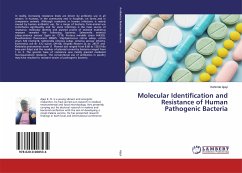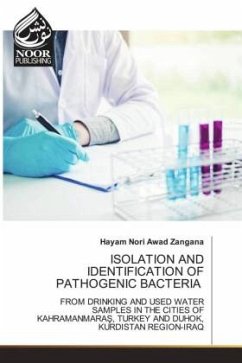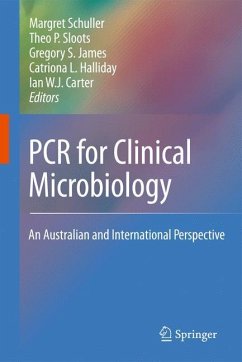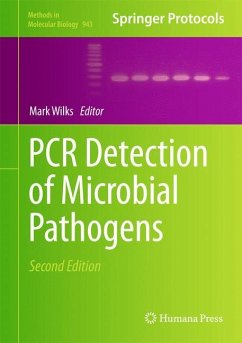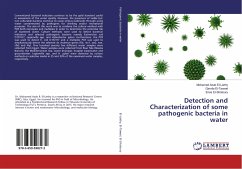
Detection and Characterization of some pathogenic bacteria in water
Versandkostenfrei!
Versandfertig in 6-10 Tagen
49,99 €
inkl. MwSt.

PAYBACK Punkte
25 °P sammeln!
Conventional bacterial indicators continue to be the gold standard useful in assessment of the water quality. However, the presences of viable but non culturable bacteria continue to cause serious outbreaks through using water contaminated by pathogens for drinking and/or recreational purposes. The aim of this work was to combine the culture method with PCR both monoplex and multiplex in order to determine the potential risk of examined water. Culture methods were used to detect bacterial indicators and selected pathogenic bacteria namely Escherichia coli O157:H7, Legionella spp. and Helicobac...
Conventional bacterial indicators continue to be the gold standard useful in assessment of the water quality. However, the presences of viable but non culturable bacteria continue to cause serious outbreaks through using water contaminated by pathogens for drinking and/or recreational purposes. The aim of this work was to combine the culture method with PCR both monoplex and multiplex in order to determine the potential risk of examined water. Culture methods were used to detect bacterial indicators and selected pathogenic bacteria namely Escherichia coli O157:H7, Legionella spp. and Helicobacter pylori. Furthermore, the PCR was used to detect E. coli O157:H7 and a multiplex PCR was used to simultaneously detect the selected six virulence genes (flic, stx1, stx2, eae, rfbE and hly). One hundred seventy five different water samples were collected from Egypt. Water samples were collected from River Nile (Rossita Branch), the Mediterranean Sea, water drainage, hospital wastewater and groundwater. Legionella spp. and H. pylori were detected by culture methods on selective media in 25 and 33% of the examined water samples, respectively.



